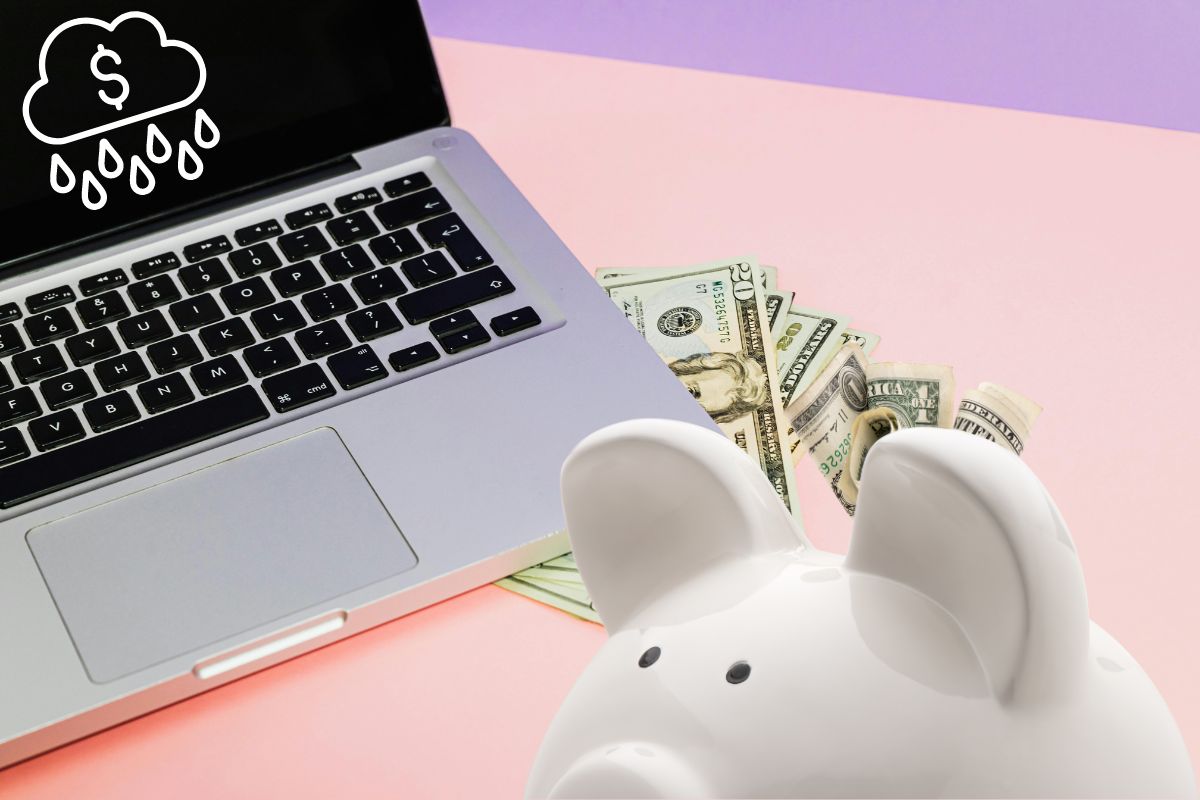Life is full of surprises—some good, some not so great. One day your car might need a costly repair, or a medical bill could catch you off guard. In tougher situations, you might even face a sudden job loss. Emergencies like these can bring serious money stress, but being prepared can make all the difference. That’s where an emergency fund (EF) comes in.
What is an Emergency Fund?
An Emergency Fund (EF) is money you set aside specifically for unexpected expenses should an emergency occur. It’s a financial safety net that helps you navigate unanticipated financial situations without going into debt.
This provides peace of mind during these stressful economic times, knowing you have a financial cushion to handle whatever life throws your way.
Why Do You Need One?
Did you know? Did you know that, according to research by Empower in April 2024, 37% of Americans can’t afford an unexpected expense over $400 (source: Empower 2024)? Even more concerning, a June 2024 survey by Bankrate found that over 1 in 4 people have no emergency savings at all (source: Bankrate 2024). This means a majority of people would have to resort to credit cards, loans, or borrowing from family and friends to handle unexpected costs.
This statistic highlights the importance of having an Emergency Fund (EF).
Additional reasons to build a strong EF:
- Peace of mind: Knowing you have an EF can significantly reduce stress during emergencies.
- Avoid debt: By covering unexpected costs with your EF, you can avoid going into debt because you’re not forced to rely on high-interest credit cards or loans.
- Financial stability: An EF helps you maintain financial stability during challenging times.
How Much Should You Save in Your Emergency Fund: Step-by-Step:
How much a person saves in their emergency fund varies depending on their individual situation. Here’s the step to help you figure out yours:
Step 1: List Your Monthly Essential Expenses. This doesn’t include non-essentials like entertainment or dining out. Focus on what you need to survive each month – housing, food, utilities, transportation, etc.
Step 2: Calculate Your Monthly Essential Spending. Add up all your monthly essential expenses from Step 1. This gives you your baseline monthly cost of living.
Step 3: Choose Your Target EF Savings Amount. A good rule of thumb is to aim for 3-6 months of essential living expenses. However, consider your individual circumstances – 3 months might be sufficient for a stable job, while 6 months might be better for self-employment or higher job loss risk.
Step 4: Multiply Your Monthly Expenses by Your Target Duration. For example, if your essential expenses are $2,000 per month and you choose a 3-month target, multiply $2,000 x 3 = $6,000. This is your target EF amount. However, if you choose a 6-month target, multiply $2,000 x 6 = $12,000. Now, this is your target EF amount.
Practical Tips:
Set Your Monthly Savings Goal:
- Break down your target EF amount (from Step 4) into smaller, achievable milestones. For example, if your target EF is $6,000 and you want to save it in 12 months, you’d need to save $6,000 / 12 months = $500 per month. This creates a clear monthly savings target you can work towards.
Review and Adjust Your Budget:
- Identify areas where you can cut back on spending and allocate that money towards your EF instead. Consider areas like eating out, shopping, or unused subscriptions. Small adjustments can add up quickly. Include this savings goal in your monthly budget to ensure you stay on track.
Automate Your Savings:
- Set up automatic transfers from your checking account to your EF savings account. This “set it and forget it” approach ensures consistent saving.
Celebrate Your Progress:
- Reaching savings milestones is a cause for celebration! Acknowledge your achievements, big or small. Treat yourself to something non-essential (within reason) to stay motivated.
Get creative:
- If you want to speed your savings progress, look for ways to boost your income through side hustles or freelance work. Consider selling unused items to get more cash to send to your EF.
Remember: Building an EF is a marathon, not a sprint. Be patient, consistent, and celebrate every step towards financial security.
Bonus Tip: Consider using a high-yield savings account for your EF to earn some interest on your saved funds. This will help your savings grow faster than in a traditional savings account. Read more about High Yield Savings Accounts here.
Do you have any questions about emergency funds or savings strategies? Leave a comment below!
Build your EF and keep your finances in check with our FREE Monthly Budget Template (Google Sheet)! Check it out here.

